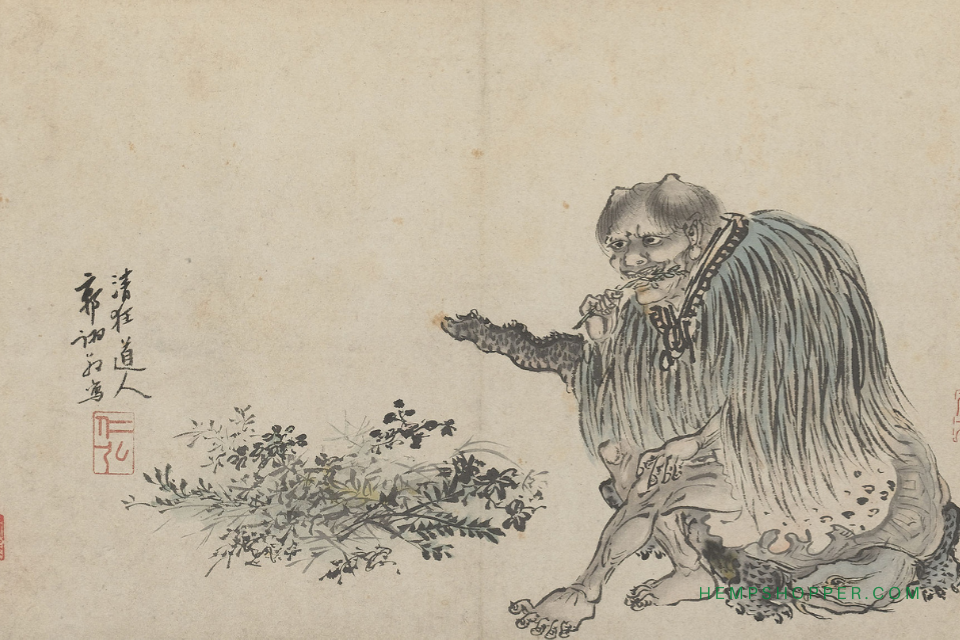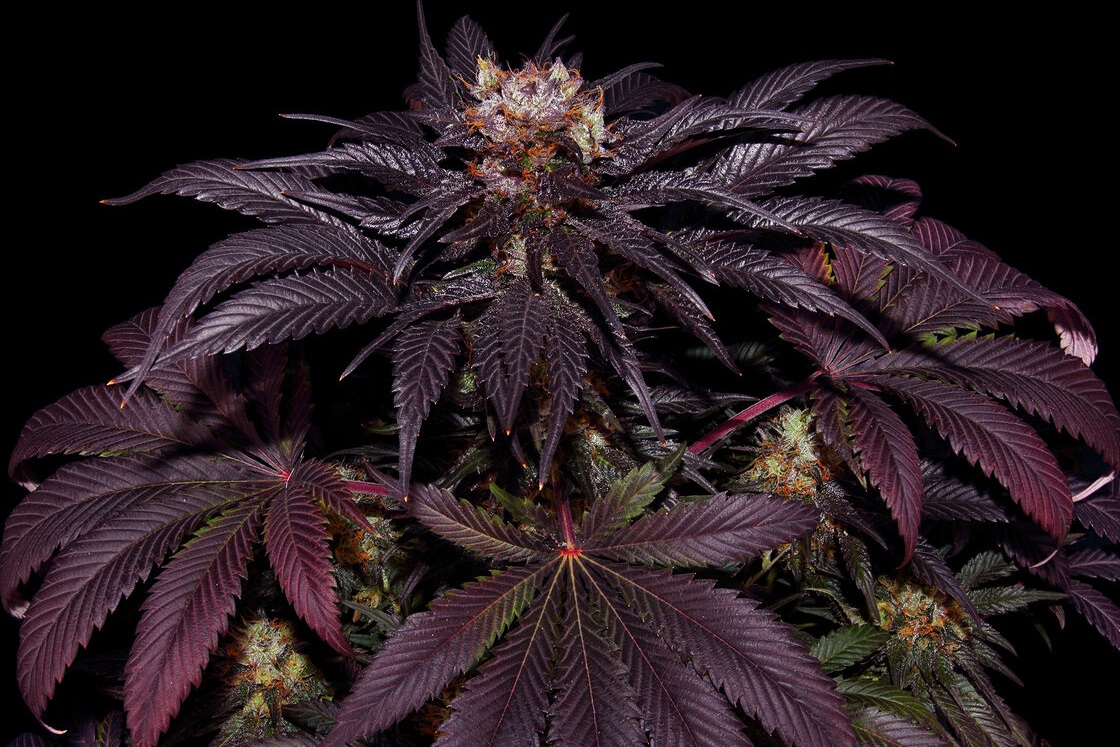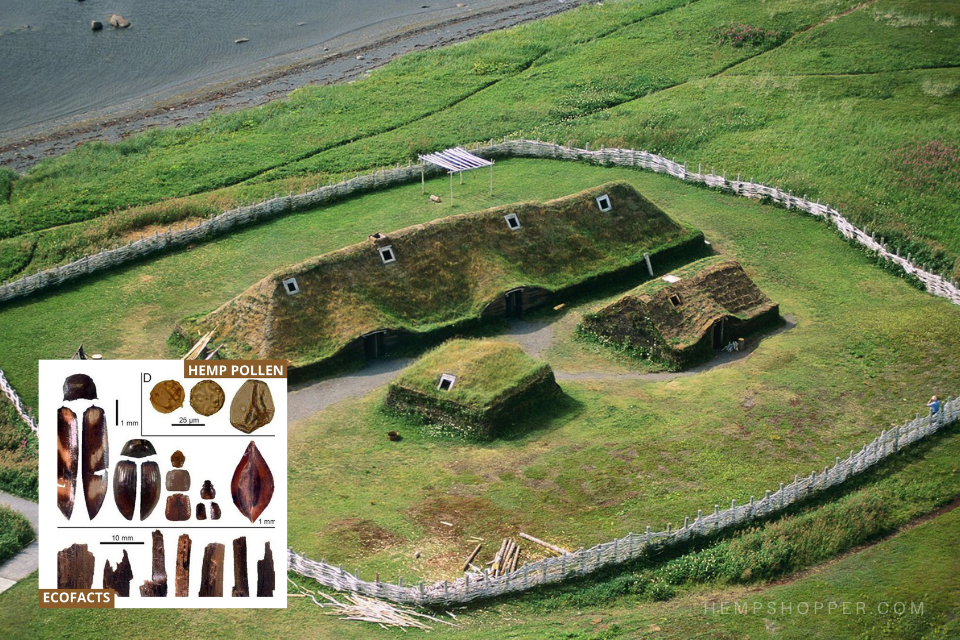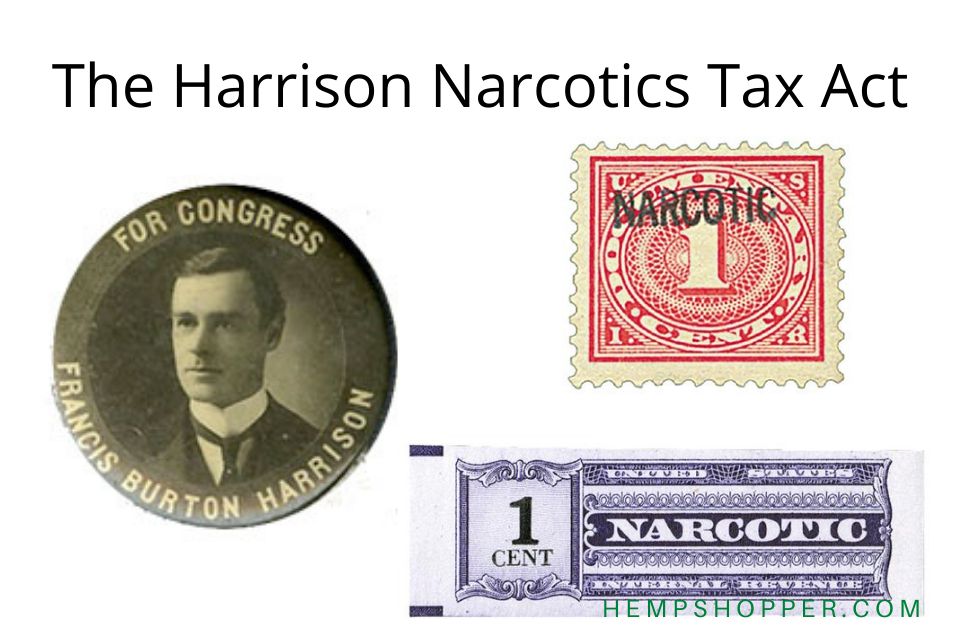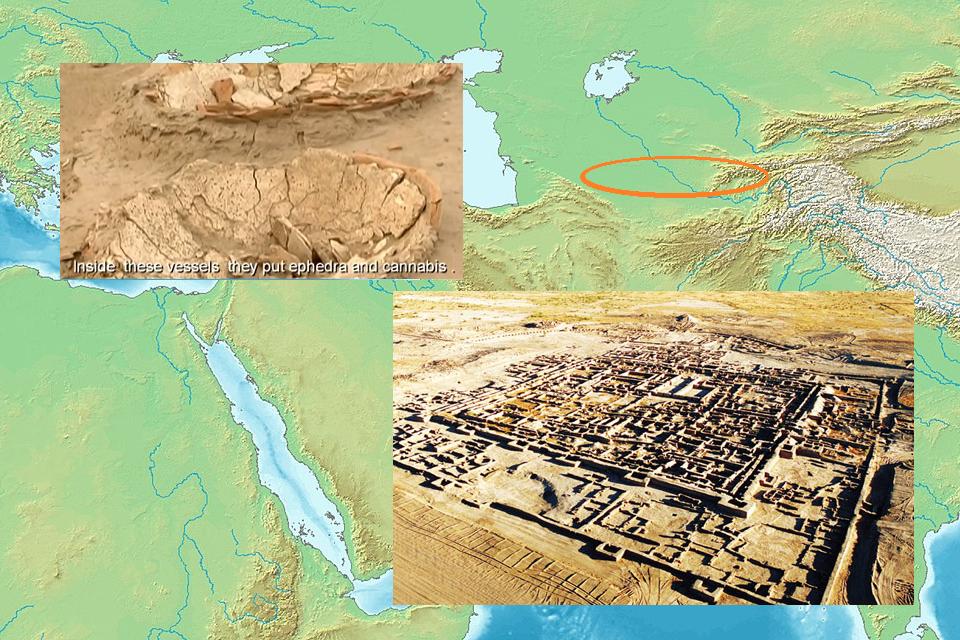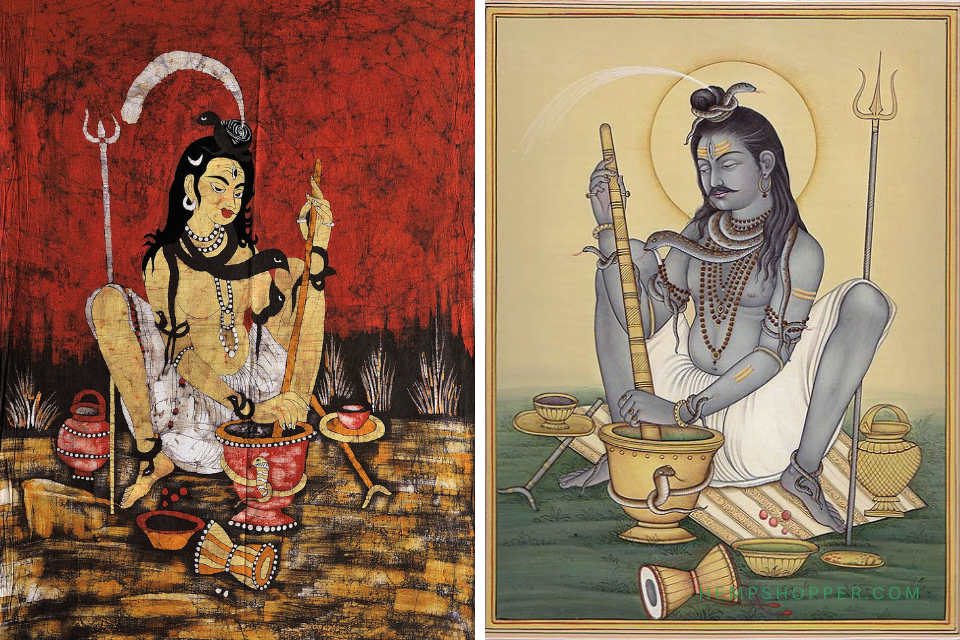c.1550 BCE: The Ebers Papyrus from Ancient Egypt describes medical cannabis
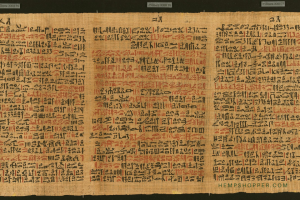
c.1550 BCE: The Ebers Papyrus from Ancient Egypt describes medical cannabis.
The Ebers Papyrus (named after the German egyptologist who purchased it in Thebes in 1873), is among the oldest and most important of the medical papyrus of ancient Egypt. It is thought to have been written around 1550 BCE, yet many scholars think that it is a compilation of older works, perhaps dating as far back as 3400 BCE.
The Ebers Papyrus suggests a number of remedies, including ground corn, celery ground in cow’s milk, and hemp ground in honey, all of which were inserted into the vagina.1
Other ancient Egyptian papyri that mention medical cannabis are the Ramesseum III Papyrus (1700 BCE), the Berlin Papyrus (1300 BCE) and the Chester Beatty Medical Papyrus VI (1300 BCE).
Around 2,000 BCE, the ancient Egyptians used cannabis to treat sore eyes. The ancient Egyptians even used hemp in suppositories for relieving the pain of hemorrhoids. Professor of Egyptology at the University of Copenhagen, Lise Manniche notes the reference to “plant medical cannabis” in several Egyptian texts, one of which dates back to the eighteenth century BCE.2
Egyptian hieroglyphics for cannabis sources: ![]()
1. HASAN, I; ZULKIFLE,M; ANSARI,A.H.;SHERWANI,A; SHAKIR,M. (2011): History of Ancient Egyptian Obstetrics & Gynecology: A Review (J. Microbiol. Biotech.Res., 2011, 1 (1): 35-39 - Journal of Microbiology and Biotechnology - Dept of Preventive and Social Medicine, NIUM Bangalore) 2. MANNICHE, Lise (1989): An Ancient Egyptian Herbal. Austin: University of Texas, Press 1989.
Other sources: -Pollen in mummies: VARTAVAN, de C; ASENSI AMORÓS,V (1997): Codex of Ancient Egyptian Plant Remains. Triade Exploration, London. -Papyrus Ebers: Selected section, Part of Plate LXXVIII - Courtesy of the "University of Lepzia", Formula No. 618 (Plate # 78, Lines 10-11), from Book: Ebers Papyrus by Paul Ghalioungui. Research and text © Hempshopper Amsterdam.


 Hempshopper Amsterdam
Hempshopper Amsterdam 
